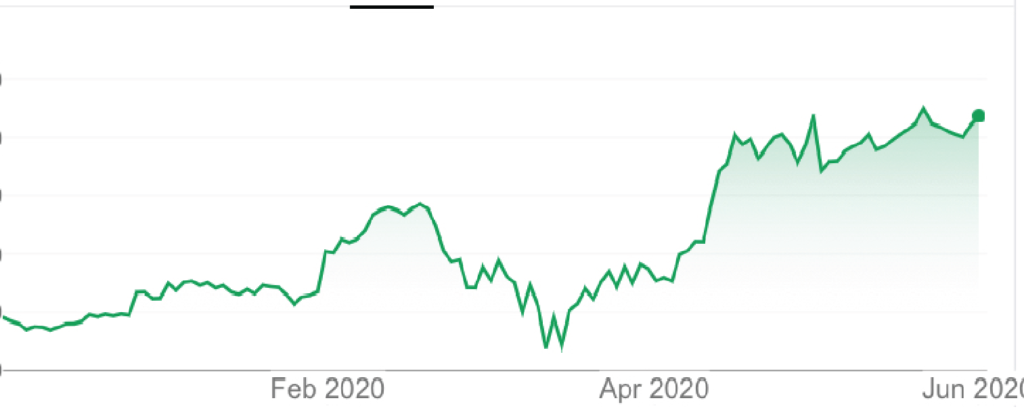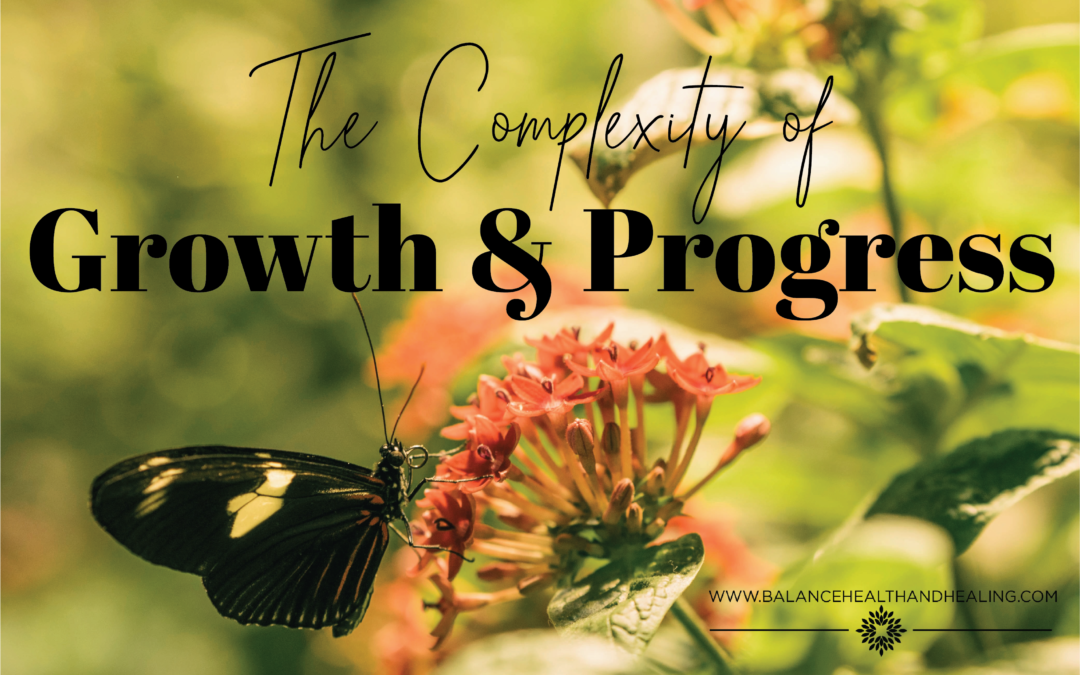One of my favorite things about stories is their ability to chart personal growth (or decay) in a tight and rational narrative. The acclaimed series Breaking Bad tells the story of a mild-mannered high school chemistry teacher (Walter White) gradually becoming a vicious methamphetamine kingpin. It less famously tells the story of Walter’s brother-in-law, arrogant and racist DEA agent Hank Schrader, becoming a humble and stalwart pursuer of justice. Their arcs are horrifying and inspiring. And they can point to truths about the human condition and the nature of personal change.
But as nuanced and detailed as some stories are, even the simplest real lives far outpace them all in complexity. This makes pursuing growth and positive change confusing. Clients struggling with eating disorders, for example, often face this complexity in the form of ambivalence toward change. In fact, ambivalence is a necessary step in the process of improvement. It’s often helpful to remind clients that progress in real life is rarely linear, meaning we expect lots of ups and downs to enter a successful therapeutic course. Consider the graph below. Imagine this line represents your mood, quality of life, or character–whatever part of your life in which you happen to be pursuing change. Over the course of a week, you would notice little change overall. You’d have good days and bad days.
Now consider the next graph. It represents the same metric as the first, only zoomed out to six months instead of five days. Here the improvement is clear, from about 1800 to about 2400. And, provided this graph represents something positive for you, it would tell the story of rapid and reliable progress. As it turns out, these graphs chart the stock prices of Amazon, the company whose major owner might soon become the world’s first trillionaire. And even then, we have to step far back to perceive the magnitude of growth.
I’m not trying to tout the merits of the fortune 500 companies. There are plenty of downsides to the pursuit of economic growth at any cost. But they serve as a fantastic example of what it looks like, on paper, to pursue change. Even for the most successful companies, it’s messy. There are big losses and big gains. There’s plenty of messiness and uncertainty.
The same goes for clients chasing personal growth. And this makes the process frustrating. For all the effort clients put into making meaningful changes, a lot of that progress goes unnoticed (by them). C.S. Lewis pondered in a letter: “Isn’t it funny how day by day nothing changes, but when you look back everything is different?” We have grown accustomed to a fast world, a world much faster than Mr. Lewis ever saw. But our bodies, spirits, and minds move slowly. As Bertrand Russell, another 20th century thinker, put it, the rhythm of the Earth is slow. And we can’t change ourselves in any meaningful way like we change the software on our phones. We change piece by painstaking piece–reducing one bad habit here, building a good habit there. We turn toward our partners when we could have turned away. We follow the plans we’ve made with therapists and dietitians most days for a full week. And because we spend every waking minute with ourselves, it’s often our therapists, friends, and therapy group members who have the best vantage point in noticing our change, just as the aunts and uncles we saw once a year could react so genuinely to changes in our height when we were children.
that progress goes unnoticed (by them). C.S. Lewis pondered in a letter: “Isn’t it funny how day by day nothing changes, but when you look back everything is different?” We have grown accustomed to a fast world, a world much faster than Mr. Lewis ever saw. But our bodies, spirits, and minds move slowly. As Bertrand Russell, another 20th century thinker, put it, the rhythm of the Earth is slow. And we can’t change ourselves in any meaningful way like we change the software on our phones. We change piece by painstaking piece–reducing one bad habit here, building a good habit there. We turn toward our partners when we could have turned away. We follow the plans we’ve made with therapists and dietitians most days for a full week. And because we spend every waking minute with ourselves, it’s often our therapists, friends, and therapy group members who have the best vantage point in noticing our change, just as the aunts and uncles we saw once a year could react so genuinely to changes in our height when we were children.
A BYU professor who studies couples and marriage once remarked that one major feature of happy marriages is that both partners, from the outset, are trying. That is, they put in effort. They don’t let their relationship move to the back burner when work and kids and other pressures start crowding in. And that doesn’t mean everything’s peachy. Those marriages still struggle, and those couples still report plenty of distressed periods in their relationships. But they express an overall orientation toward valuing and nurturing the relationship.
As a therapist, this is the attitude I am most encouraged to see in clients–the resolve to put their growth on the front burner for as long as it takes and then keep it there. This requires a willingness to make space not only for the pain and discomfort that growth entails but also for the uncertainty and unclarity of the process. In Avatar: The Last Airbender, when his nephew, Zuko, was literally sick with the intensity of a moral dilemma, Uncle Iroh told him, “You are going through a metamorphosis . . . It will not be a pleasant experience, but when you come out of it, you will be the beautiful prince you were always meant to be.”
It’s one of the less fun but more productive myths I get to dispel in my role as a counselor–the myth that progress is neat and tidy and straightforward, that we have some special playbook or formula that leads inevitably to growth and thriving. Therapy is not a place where people learn the hallowed, cryptic answers to their problems. It’s where they can join with a caring other in pursuing what matters most to them, have a trained eye on their obstacles, and enjoy a space where they can leave their filter at the door. It is one place where people can count on the complexity and richness of their lives being honored.

